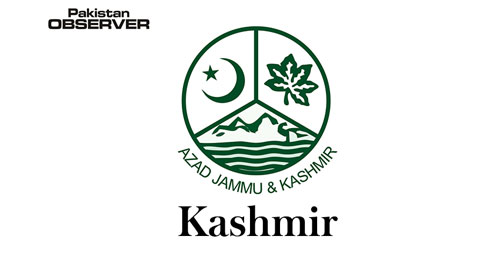Quratulain Rehbar
Independent journalist Shakir Mir was interviewing people about a gunfight on 17 September 2020 in Srinagar’s Batamaloo, when the family at whose house the gunfight had occurred and neighbours accused soldiers of stealing jewellery.
Mir intended to begin the story with this allegation of theft, but he was worried about the repercussions.
Eleven months earlier, The Kashmir Walla, an independent website, reported a similar theft of valuables during a firefight.
Shortly after, editor-in-chief Fahad Shah was summoned by the Jammu & Kashmir (J&K) police and questioned about his organisation’s reporting.
“I held back and only tucked away the detail in a small quote,” Mir said, adding that this was not the first time he had left out uncomfortable facts in his stories for fear of unnecessary police attention.
Another journalist, who didn’t want to be named, recounted an incident from 2019 when a family in a south Kashmir village was beaten by security forces soon after they discovered the family had spoken to the reporter about how the alleged harassment of young men in south Kashmir had led some of them to militancy.
“If my work is putting anyone in trouble, how would I do it?” the reporter said, adding that he had stopped pursuing stories that highlighted harassment by security forces.
In Kashmir, one of the world’s most-militarised conflict zones, and a dateline that has virtually disappeared from mainstream Indian newspapers and television channels, journalists employ a variety of tactics to bypass state pressure.
They stay away from “controversial” stories and downplay or hold back critical information.
They keep sources and the people quoted in their stories anonymous. Sometimes, they even conceal their bylines.
Indeed, many reporters who write for Article 14 are anxious that headlines do not appear antagonistic to the police, army or the government.
The dangers of being a journalist in Kashmir are only too real. Since 2019, according to the Kashmir Press Club (KPC), at least five Kashmiri journalists have had criminal cases filed against them, with at least five journalists summoned to police stations in the course of their work.
On 5 March 2020, Reporters Without Borders’ (RSF) released a report that cited 14 examples of a surge in harassment of journalists and forced violations of the confidentiality of their sources in Kashmir since 2019.
In September 2020, an Article 14 reporter was summoned by police of the cyber wing, slapped twice and intimidated over five hours for a story he wrote on cyber bullying.
Reporters and photojournalists are routinely attacked by security forces while reporting stories.
In other words, Kashmiri journalists are intimidated for merely doing their jobs, as the Editors Guild of India noted on 8 March.
The Guild said it was “shocked by the casual manner in which the editors of Kashmir-based publications are routinely detained by security forces for reporting or for their editorials”.
The menacing of the media is not new to Kashmir and was largely responsible for the erosion of India’s global ranking on press freedom even before Narendra Modi became Prime Minister.
In 2014, when Modi first came to power, India ranked 140 on RSF’s World Press Freedom Index, 18 places lower than its 122 ranking in 2010, largely on account of the restraints placed on the media in Kashmir.
The slide continued after 2014, but the life of Kashmiri journalists significantly worsened after August 2019, when the region was stripped of its special constitutional status.
On 4 March 2021, when US government-funded non-profit Freedom House downgraded India’s democratic status from “free” to “partly free” in its report ‘Democracy Under Siege’, Kashmir, which it rates separately, was downgraded to “not free” from “partly free”.
The report said that Kashmir’s changed status was “due to the Indian government’s abrupt revocation of the region’s autonomy, the postponement or elimination of legislative elections, and a security crackdown that sharply curtailed civil liberties and included mass arrests of local politicians and activists”.
RSF cited a similar reason when India fell by two places to 142 out of 180 countries in its 2020 press freedom index.—Kashmir Media Services






